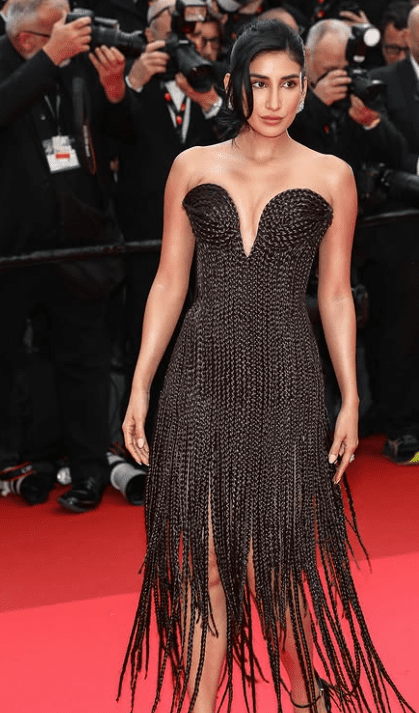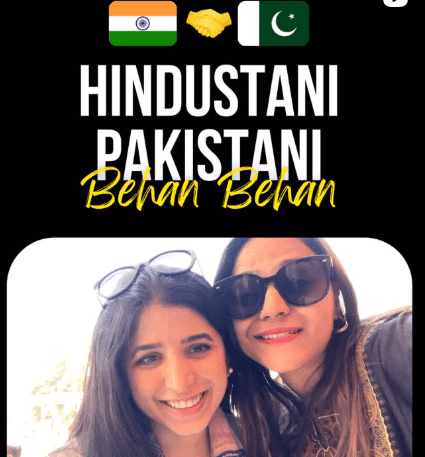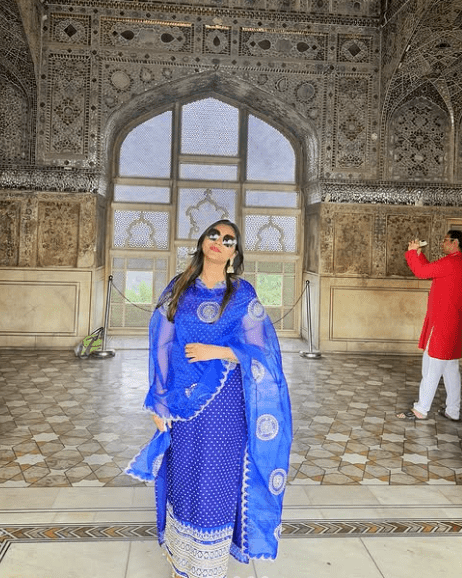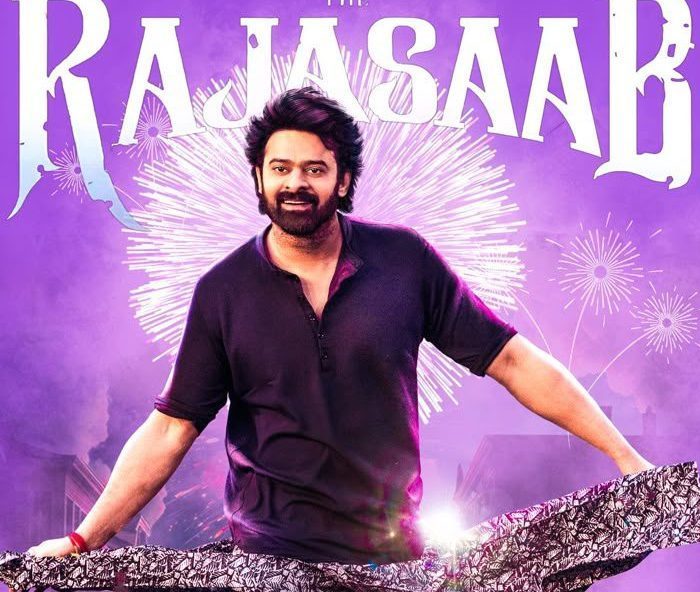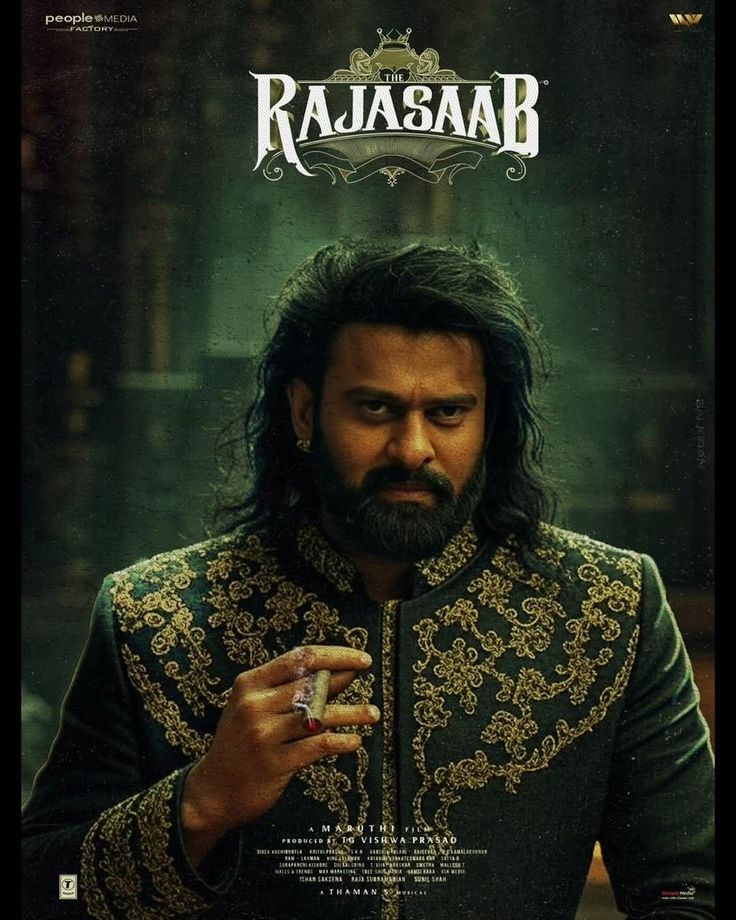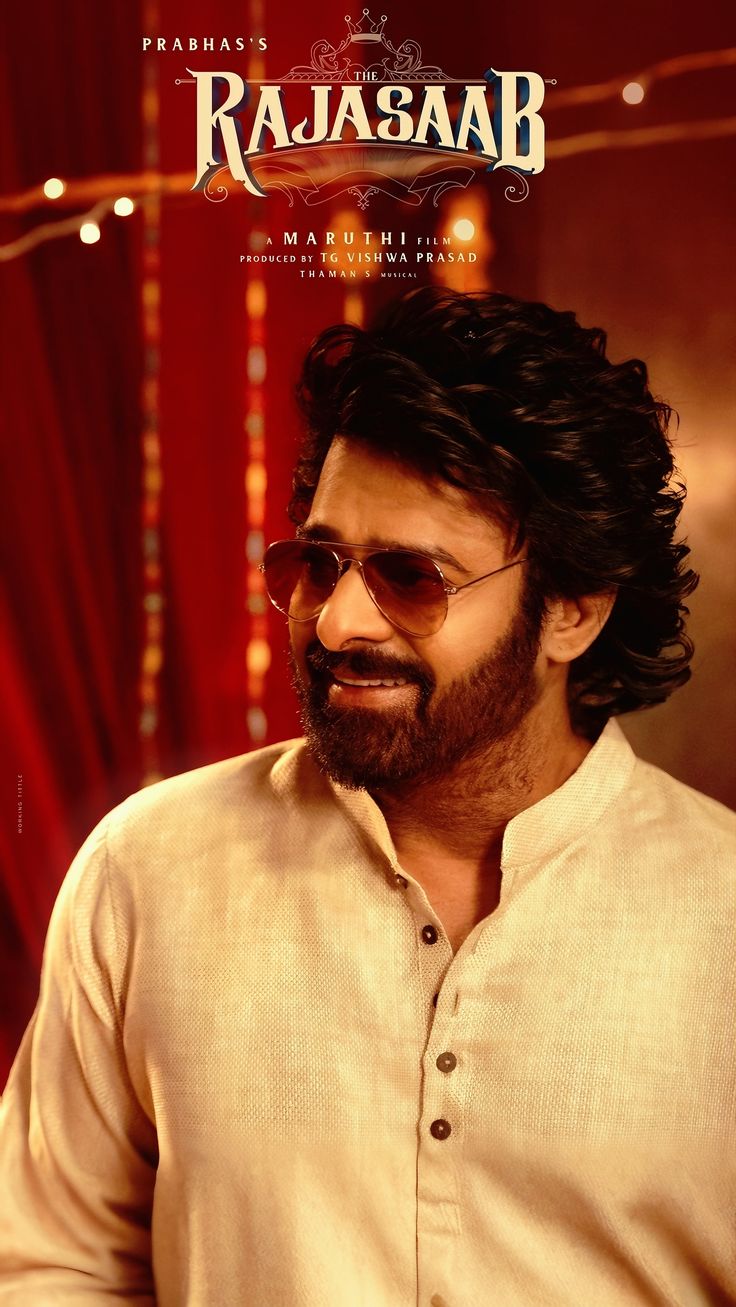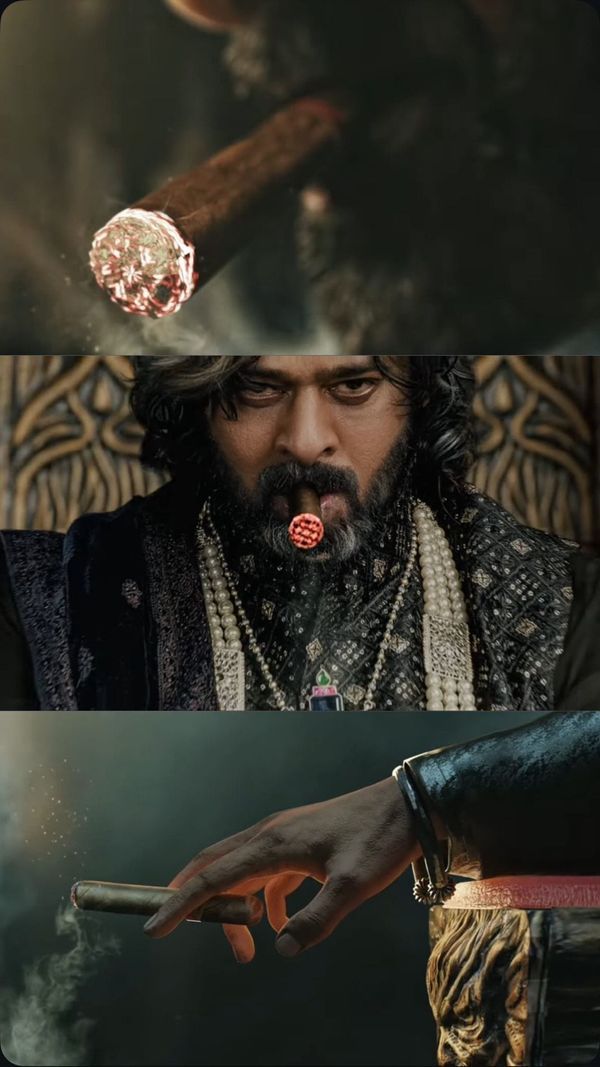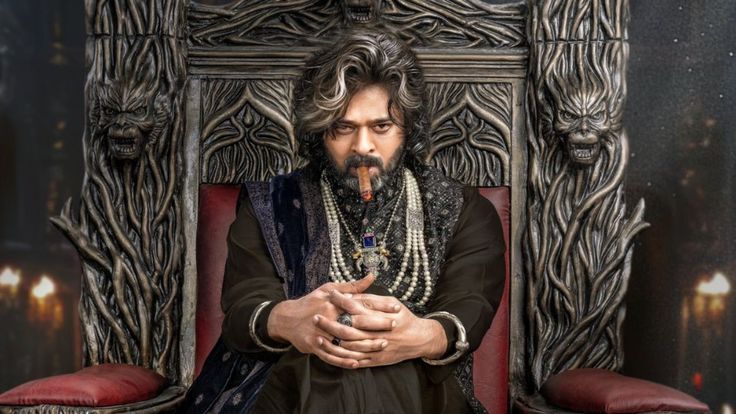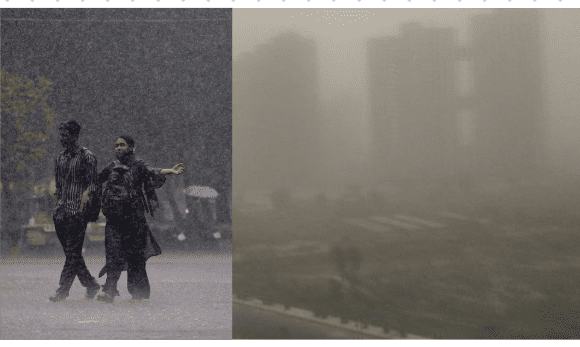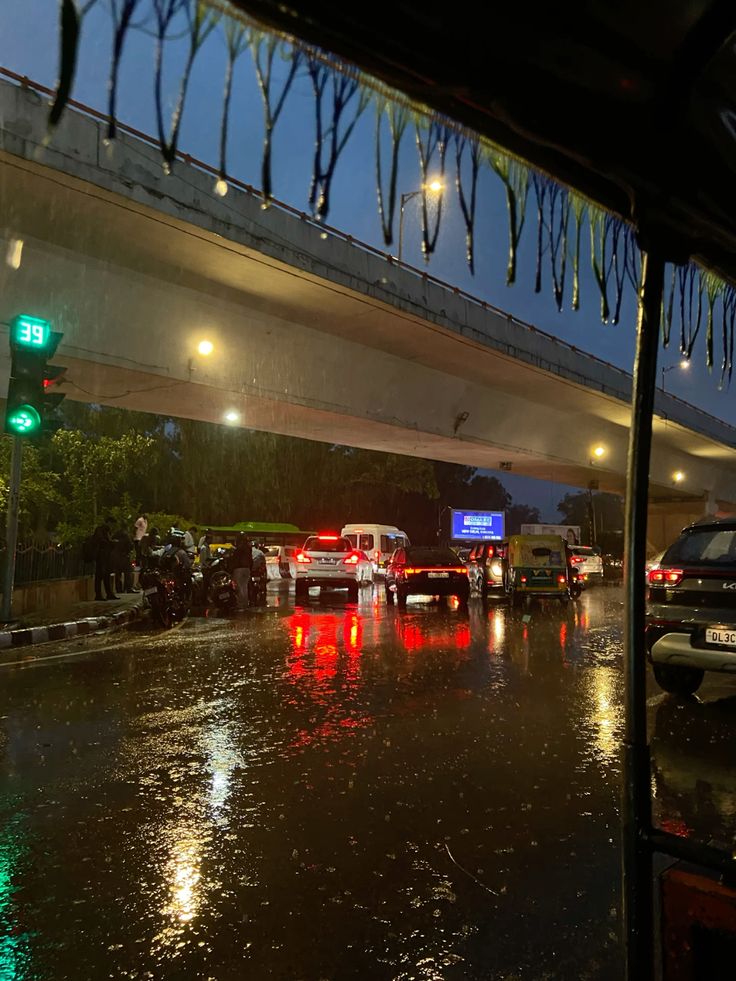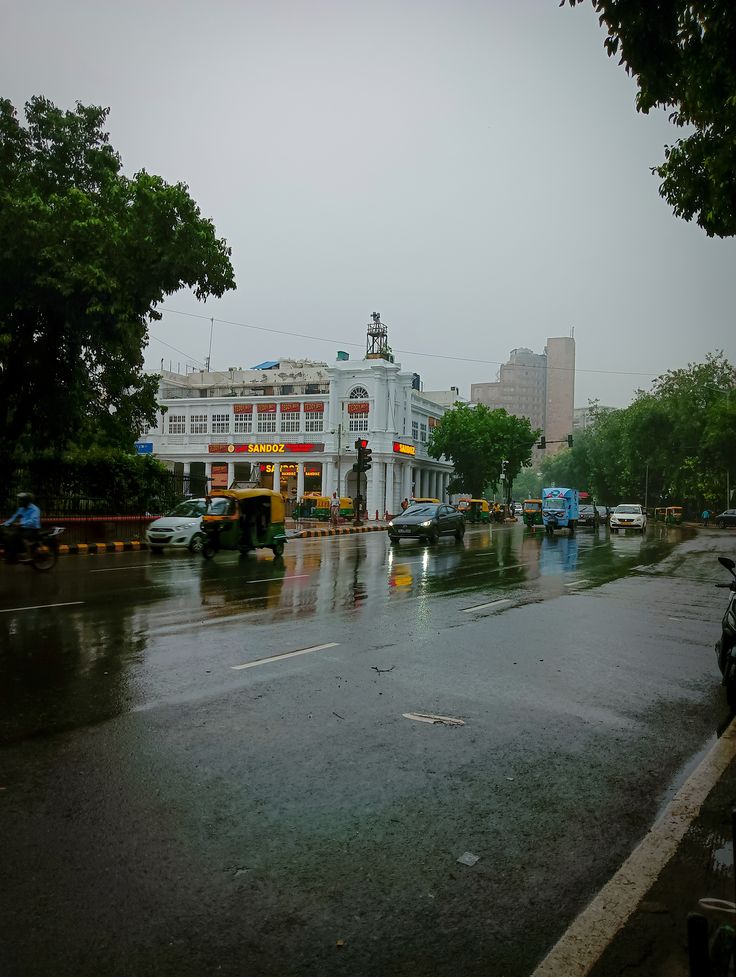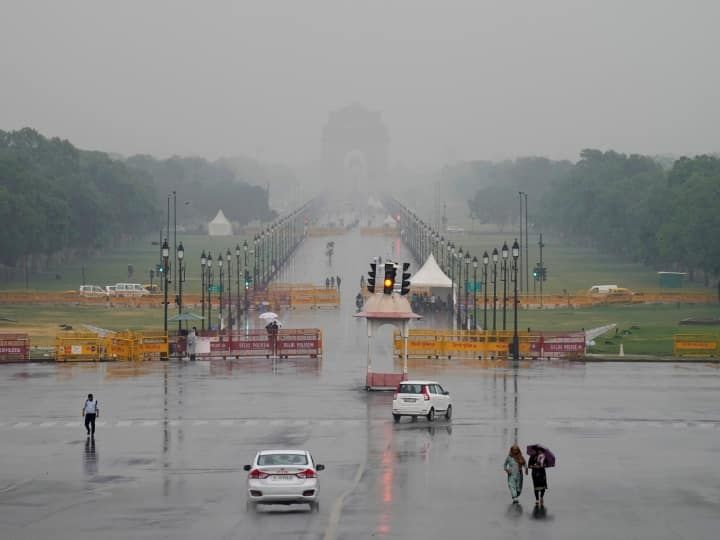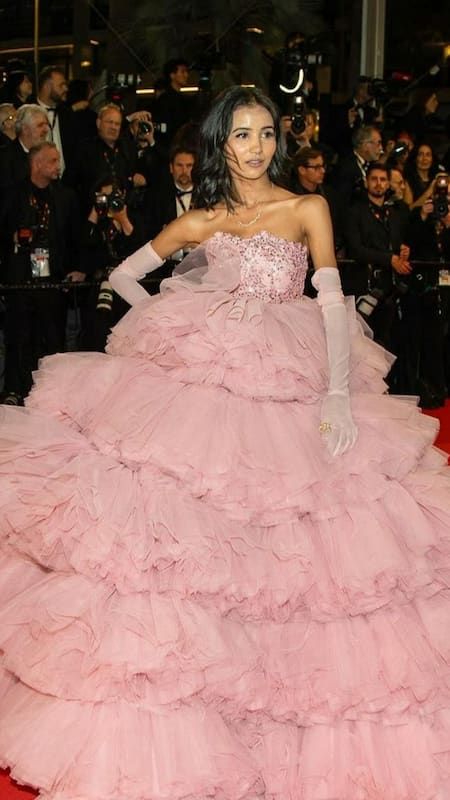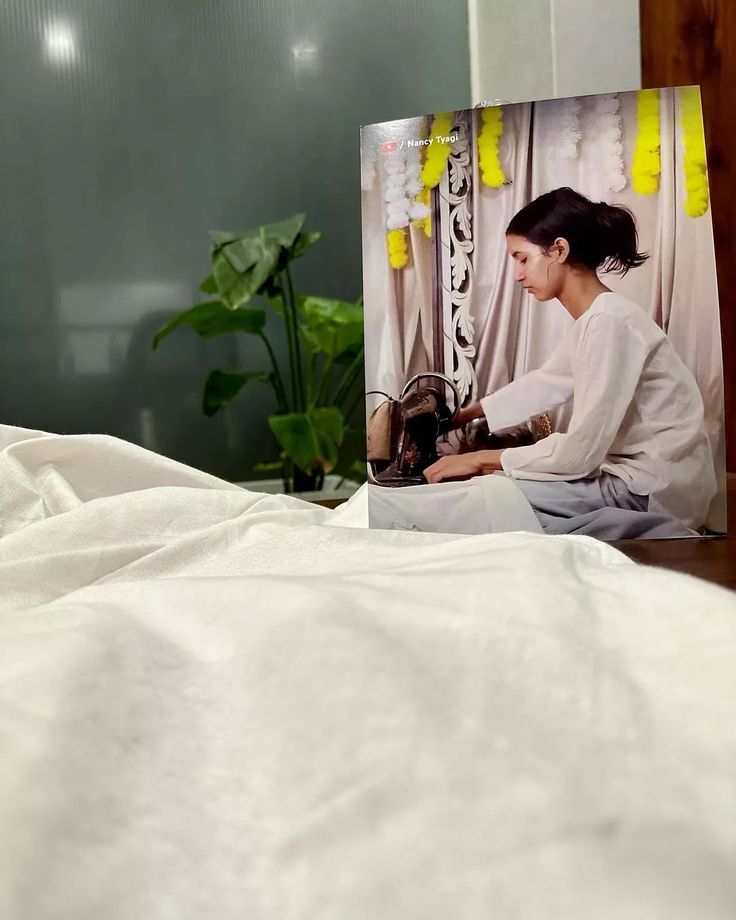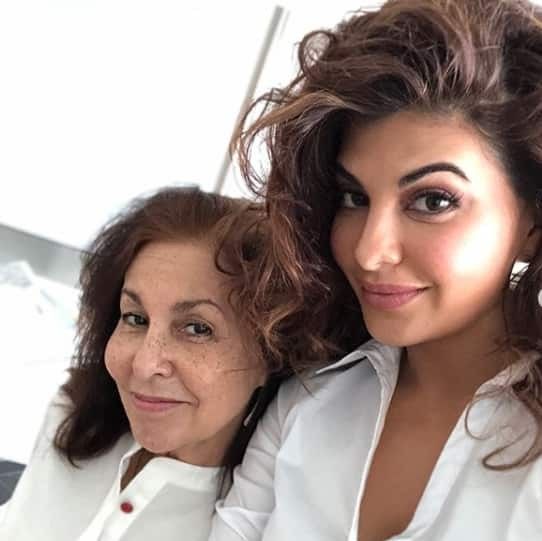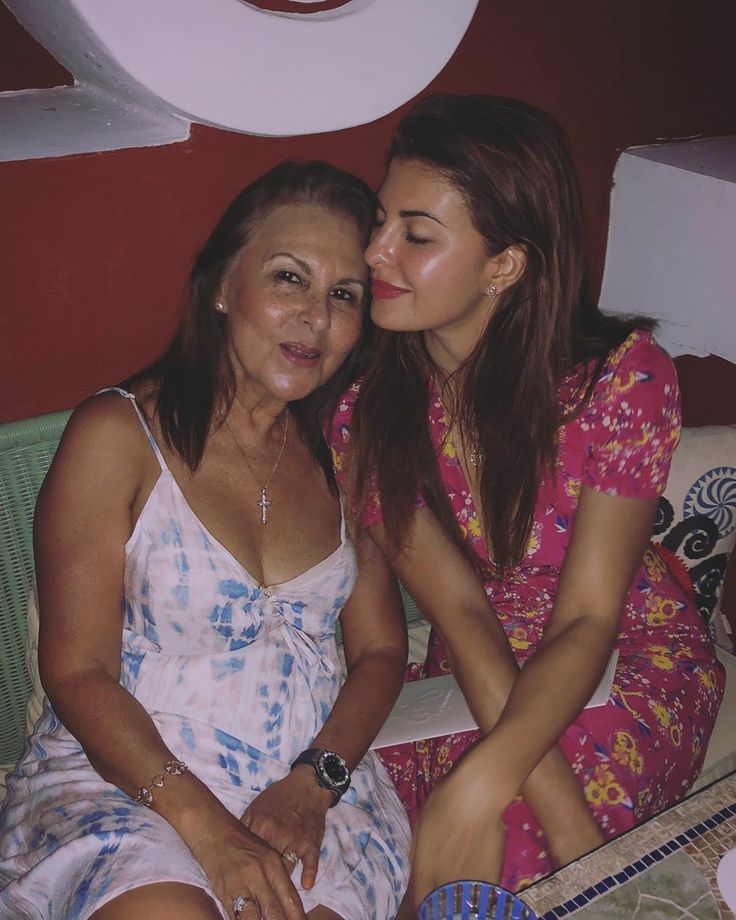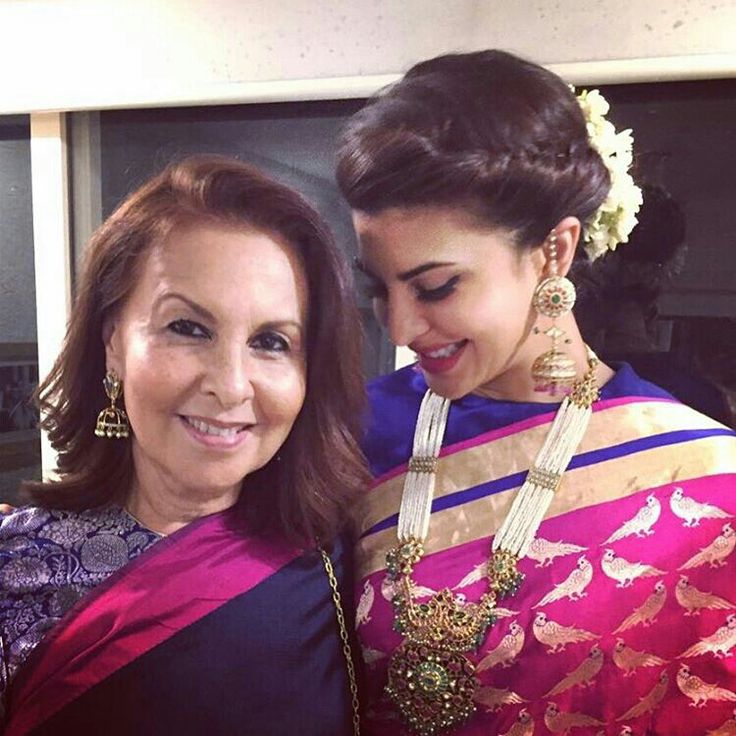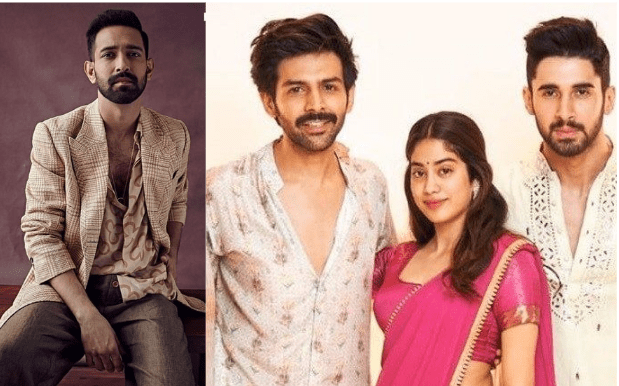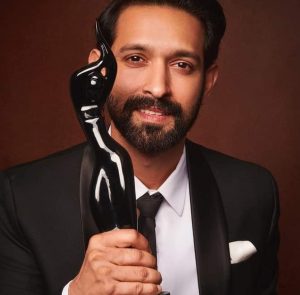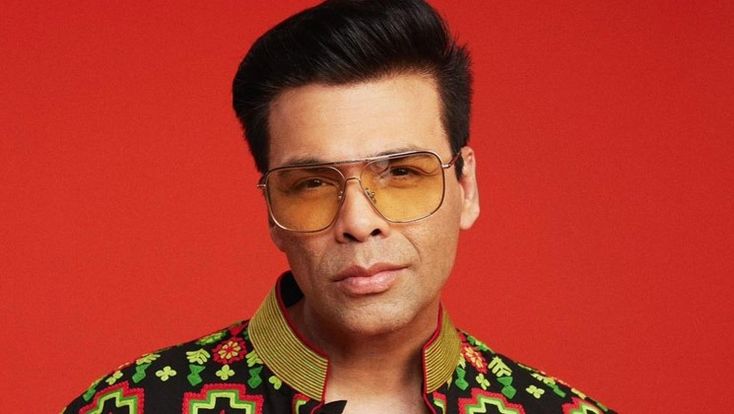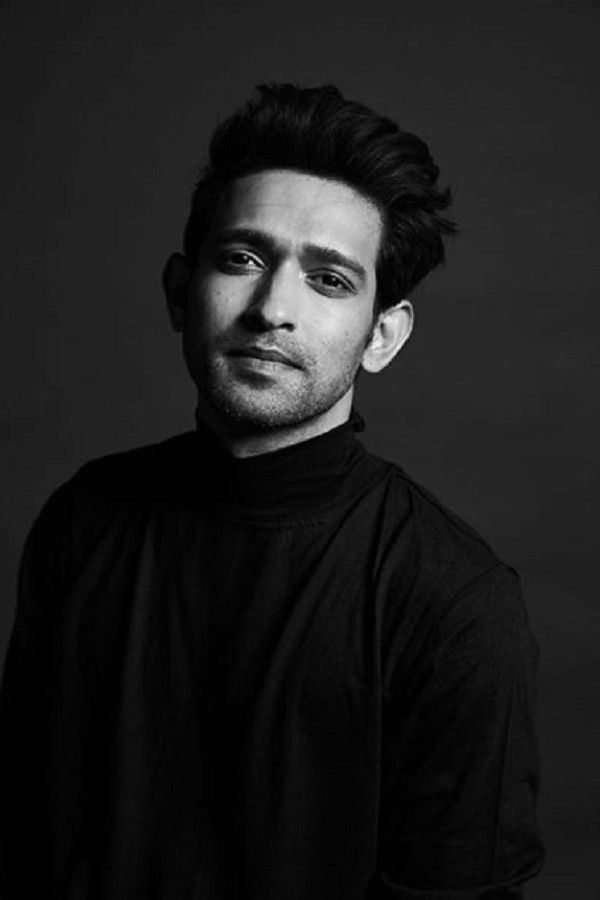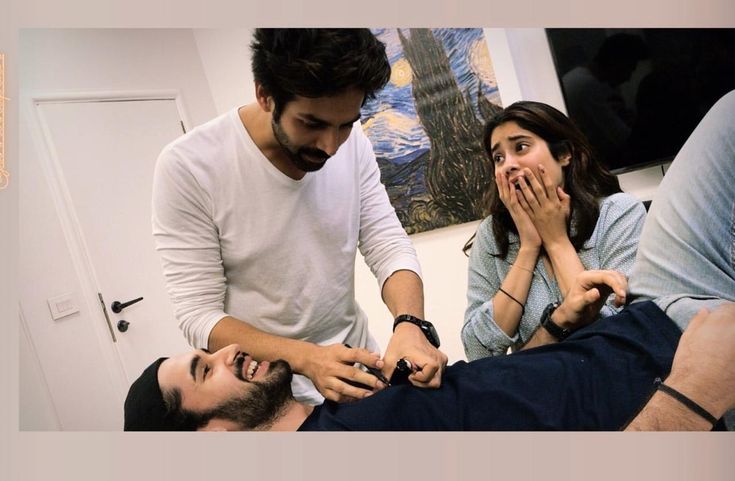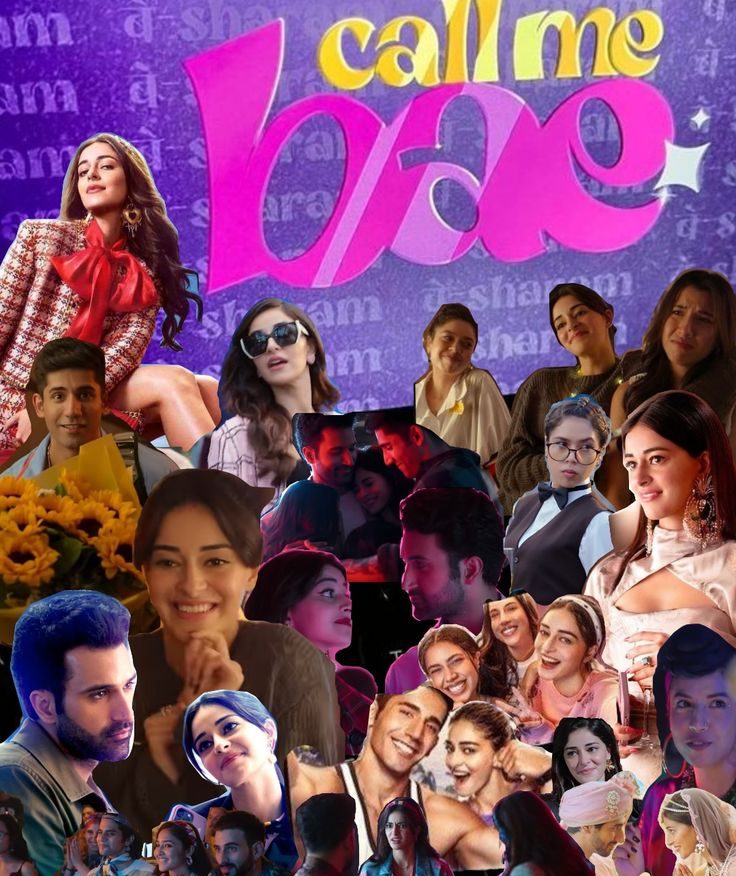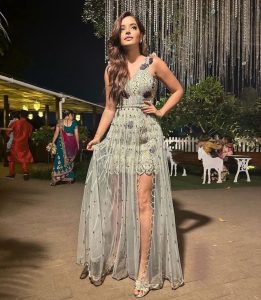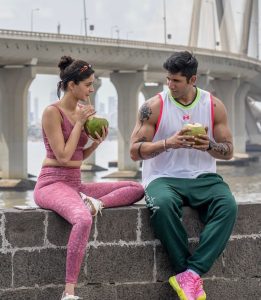In May 2025, Nancy Tyagi, a rising social media star and self-taught fashion designer, made headlines with her debut at the Cannes Film Festival. Adorned in a pearl-studded corset dress and sweeping cape, Tyagi proudly claimed that the entire ensemble was her original design—stitched by hand over the course of a month. The applause was swift. The praise, immense. But so was the scrutiny.
Soon after, singer and performer Neha Bhasin posted a pointed Instagram Story that questioned Tyagi’s claims, saying the corset dress looked “too familiar.” What followed was a digital showdown that reignited discussions about originality, attribution, and the fragile line between inspiration and imitation in the fashion industry.
The Corset in Question: A Tale of Two Appearances
Nancy Tyagi, whose rise to fame began on Instagram and YouTube with DIY fashion videos, had styled herself for Cannes—arguably the biggest moment of her career. According to Tyagi, the dress was handcrafted, a product of her creativity, patience, and skill. But Neha Bhasin was quick to recognize something unsettlingly familiar about the outfit.
Bhasin, known for her candor and fierce advocacy for authenticity, claimed she had worn a nearly identical corset dress months earlier. She supported her claim by sharing images on Instagram that juxtaposed her look with Tyagi’s Cannes appearance. Her message: “This corset looks too familiar.”
The similarity wasn’t coincidental.
The Boutique Behind the Corset
Shortly after Bhasin’s story went viral, further evidence emerged. Surbhi Gupta, the founder of Mumbai-based fashion boutique The Source Bombay, stepped in with clarification. In a media interview, Gupta revealed that the corset in question had been purchased by Nancy Tyagi from her boutique for ₹25,000.
According to Gupta, only the cape was handmade by Tyagi. The corset, however, was a design created by the boutique and sold as a standalone piece. This disclosure contradicted Tyagi’s original narrative that the entire outfit was a DIY project. It wasn’t just a misunderstanding—it was a misattribution.
Neha Bhasin’s Clarification: Not About Hate, But Credit
Amid growing media coverage and heated public debate, Bhasin clarified her intentions. “I didn’t mean to demean her,” she explained in an interview. “We are all self-made, we’ve all worked hard. But calling someone else’s work your own will never be okay.”
Bhasin’s stance wasn’t a personal attack; it was a principled objection to a broader trend in the influencer economy: the dilution of creative credit. In an age where social media virality often eclipses authenticity, Bhasin’s decision to speak out was as much about ethics as it was about fashion.
Nancy Tyagi’s Response: Silence and Speculation
Interestingly, Nancy Tyagi has not publicly responded in detail to the allegations. Her social media platforms remain active but devoid of any direct acknowledgment of the controversy. For her followers, the silence has left room for speculation. Was it an honest oversight? A PR misstep? Or a deliberate attempt to claim unearned credit?
What’s clear is that the absence of a forthright explanation has only deepened the rift between perception and reality.
Fashion, Credit, and the Cost of Going Viral
The incident has exposed an uncomfortable truth about fashion content on social media: the ease with which credit can be misattributed, whether intentionally or not. In an industry built on visual storytelling, where aesthetics often override accountability, who gets the applause matters as much as who did the actual work.
This isn’t the first time a DIY claim has been challenged, and it won’t be the last. But what makes this episode noteworthy is the involvement of two self-made women—both champions of originality—locked in a conflict about who truly gets to claim “DIY.”
Influencer Culture and the Ethics of Attribution
The broader cultural implications of this controversy tap into influencer dynamics that prioritize presentation over process. The allure of the “self-made” narrative is powerful because it sells a dream: that anyone, with enough effort and talent, can rise to stardom.
But when parts of that narrative are built on borrowed designs, the dream fractures. Authenticity isn’t just about what you wear—it’s about how honest you are about where it came from.
Lessons from the Controversy
-
Transparency is Currency: In the digital era, your credibility is your brand. Misleading claims—even if unintentional—can erode hard-earned trust.
-
Credit Where It’s Due: Whether it’s fashion, music, or content, attribution is not optional. Giving credit doesn’t diminish you; it elevates your integrity.
-
Call-Outs vs. Cancel Culture: Neha Bhasin’s approach was more call-out than cancel. Her message was rooted in accountability, not condemnation.
-
Influencers Are Role Models: Like it or not, influencers set trends—both sartorial and ethical. Their actions shape public behavior and industry norms.
The Neha Bhasin vs. Nancy Tyagi corset dress episode is more than just a fashion feud. It’s a reflection of our times—where virality often races ahead of verification, and where image can momentarily overshadow integrity. But as this controversy reminds us, substance still matters. So does truth.
As fans and followers, it’s our responsibility to celebrate not just creativity, but also the honesty behind it. And as creators, it’s essential to remember that the spotlight is brightest when shared with those who helped build the stage.
FOR MORE UPDATES: Home | Channel 6 Network – Latest News, Breaking Updates: Politics, Business, Tech & More







